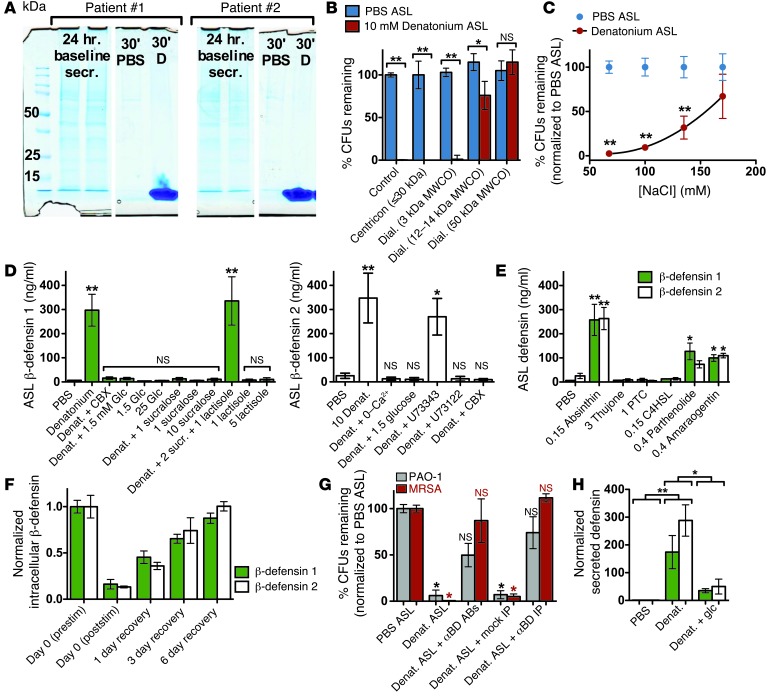Figure 6. T2R agonists stimulate secretion of β-defensins from HSECs.
(A) Coomassie blue–stained gel showing a low-molecular-weight band in denatonium-stimulated ASL (representative of 3 gels; 6 patients). (B) Denatonium-stimulated secretions were run through a Centricon filter (30-kDa MWCO); antimicrobial activity was retained in the lower molecular weight fraction. Antibacterial activity was retained when ASL from denatonium-treated cultures was dialyzed against 3-kDa MWCO, was reduced with a 12-kDa MWCO, and was fully lost with a 50-kDa MWCO (n = 3–5 ALIs from at least 3 patients each). (C) Antimicrobial function was inhibited by increasing [NaCl] (n = 7 patients) (significance vs. PBS ASL with same [NaCl]). (D and E) T2R agonists denatonium, absinthin, parthenolide, and amarogentin stimulate secretion of β-defensins 1 (green) and 2 (white) (n = 5–25 cultures from >3 patients each). *P < 0.05; **P < 0.01, compared with PBS ASL, by 1-way ANOVA with Dunnett’s post-test. (F) Intracellular β-defensin decreased after 30-minute stimulation with 10 mM denatonium and returned to baseline levels by 6 days (n = 5 cultures from 5 patients each). (G) Bactericidal activity of denatonium-stimulated ASL was blocked by antibodies to β-defensins (30-minute preincubation) or immunodepletion of β-defensins (n = 5 cultures from 5 patients each). (B, C, and G) *P < 0.05, **P < 0.01, determined by 1-way ANOVA with Bonferroni post-test. (H) Denatonium (10 mM) stimulated β-defensin 1 and 2 secretion by ex vivo human turbinate that was significantly inhibited by 1.5 mM glucose. Defensin concentration normalized per mg of wet-weight tissue. *P < 0.05, **P < 0.01. All data are mean ± SEM.

